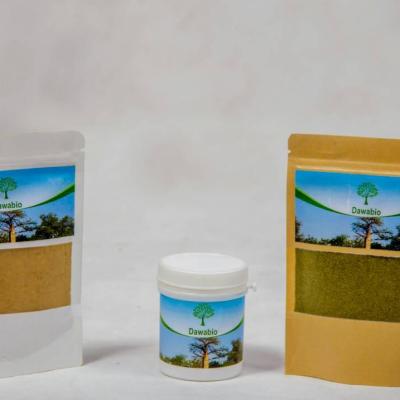Homemade tips to recognize a testicular hydrocele
What is hydrocele?
Hydrocele is a condition in which the scrotum swells due to the accumulation of fluid within it.
The fluid that has accumulated around the scrotum may be due to a disruption of the tissue layer between the scrotum and the abdominal organs (intestine). In addition, fluid buildup can also be caused by an imbalance in the production and absorption of fluids in the body.
Hydrocele can be divided into 2 types, namely:
- Non-communicating (occurs due to excessive fluid production and is not balanced by adequate fluid absorption).
- Communicating (is an accumulation of fluid caused by bags around the testicles that do not close completely).
How frequent is the hydrocele?
Hydrocele is a fairly rare disease. This case occurs in about 10% of births to male babies. The percentage also decreases in men who grow up, which represents 1%. This condition will usually go away on its own, especially after the age of 6 to 24 months. However, in some cases, the buildup of fluid around the scrotum will remain until the baby grows.
Hydrocele in infants is more common in the case of premature birth. Meanwhile, if this condition is found in adulthood, it is likely that the trigger is an infection or a sexually transmitted disease.
Do you want to permanently cure hydrocele? Then this all-natural herbal treatment is what you need. The natural remedy against testicular hydrocele that we offer is effective, fast, long-lasting and above all it will save you from going through an operation. To find out more, click on the picture below or contact our experts at +229 99 546 463.

Hydrocele is a disease that does not usually cause pain and does not cause any signs. The only visible and felt symptom is swelling of the male scrotum. Although not painful, a lump or swelling usually causes discomfort and a lump in the scrotal area. In adult men, the scrotum or testicles may be heavier than usual. In some cases, the swollen part may appear heavier and fuller in the morning than at night. If you experience a non-communication hydrocele, the size of the swollen area will not change.
Other tips for detecting a hydrocele yourself
- Watch for swelling. Standing in front of a mirror, observe your scrotum. If you have a hydrocele, you will see that at least one of the sides will be wider than usual. If you are trying to find out if a newborn has a hydrocele, the procedure is going to be similar. Observe swelling of the testicles. It could also run on two sides.
- Palpate the hydrocele. Most often, the hydrocele gives the impression of being a pocket filled with liquid inside the scrotum. Gently grab the swollen testicle to feel a kind of liquid-filled pocket inside.
- Watch for any problems you may have with walking. The more the scrotum swells, the more difficult it will be for you to move. It is the result of gravity that pulls the scrotum down.
- Observe an increase in swelling as time goes by. If you do not start treatment, the scrotum will continue to swell. If this happens, you may have trouble putting on your pants and you will choose wider pants that do not press on your swollen scrotum.
What are the potential complications?
There are very rarely cases where the hydrocele endangers health and affects the fertility of the victim. However, in a few cases, this condition can be attributed to problems with the testicles and can lead to fairly serious complications, such as:
1. Infection or tumor
Infections or tumors can occur in the scrotum or testes. In addition, this condition can also affect the decline in sperm production or function.
2. Inguinal hernia
An inguinal hernia is a condition in which a small part of the intestine enters the scrotum. If left untreated, this condition can endanger the lives of those affected.
What causes hydrocele?
Hydrocele usually forms since the baby is in the womb. As birth approaches, the baby's testicles will fall from the abdomen to the scrotum. During the baby's development, each testicle wrapped in the skin of the scrotum will have fluid around it. Generally, this bag will close on its own and the body will absorb the liquid the first year after the baby is born. However, in some cases, the fluid remains in the scrotum until the hydrocele finally occurs. So far, the main reason why the liquid is not absorbed is still unknown.
In adults, this condition can be caused by an injury or surgery on the groin area. Another possibility is inflammation or infection of the epididymis or testes. In rare cases, a hydrocele can occur at the same time as cancer of the testicles or the left kidney. This type of hydrocele can occur at any age but is more common in men over the age of 40.
Here are some of the possible causes of hydrocele:
How to treat hydrocele?
You have two options for hydrocele treatment: the first is surgery and the second, the one we recommend, is our 100% natural herbal treatment. Naturally taking care of your hydrocele is quite possible. You can read more about this remedy by clicking here or read our full article on the different possible treatments by clicking here. The article is entitled: Testicular hydrocele: natural or medical treatment?
Has the LESPLANTESAFRICAINES team answered all your questions through this article?
Leave us a comment in response or contact us at +229 99 546 463.